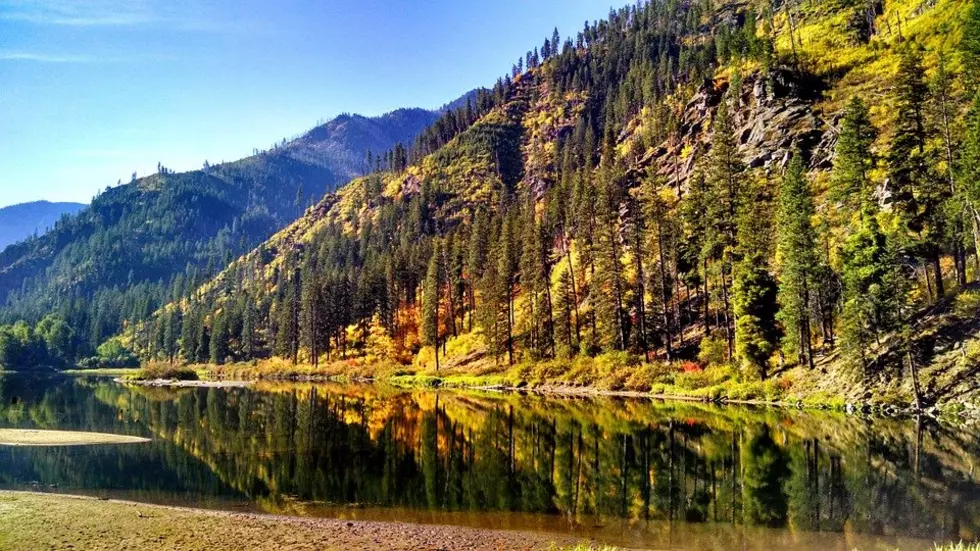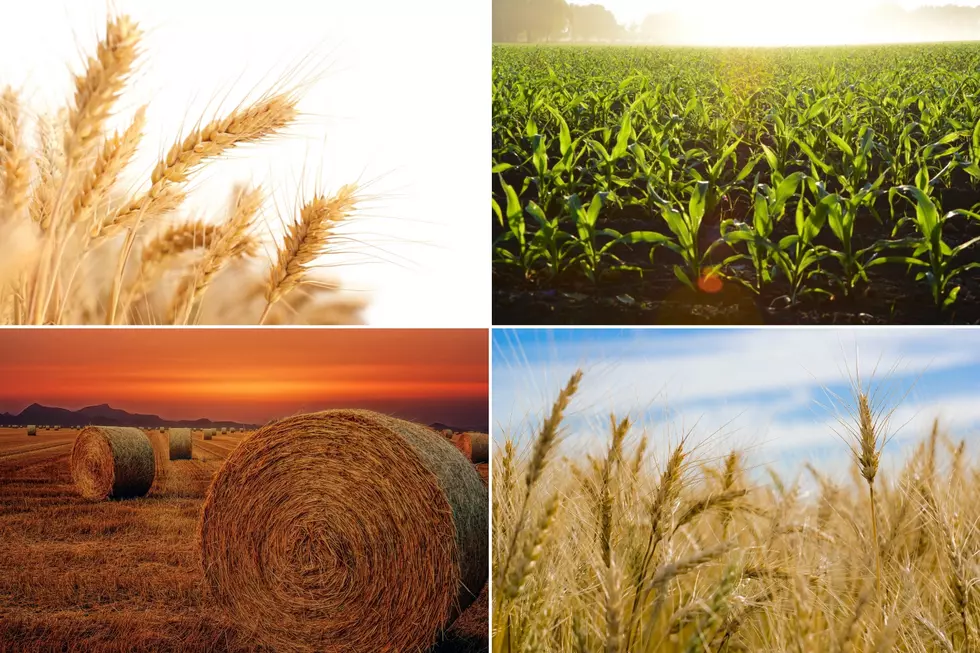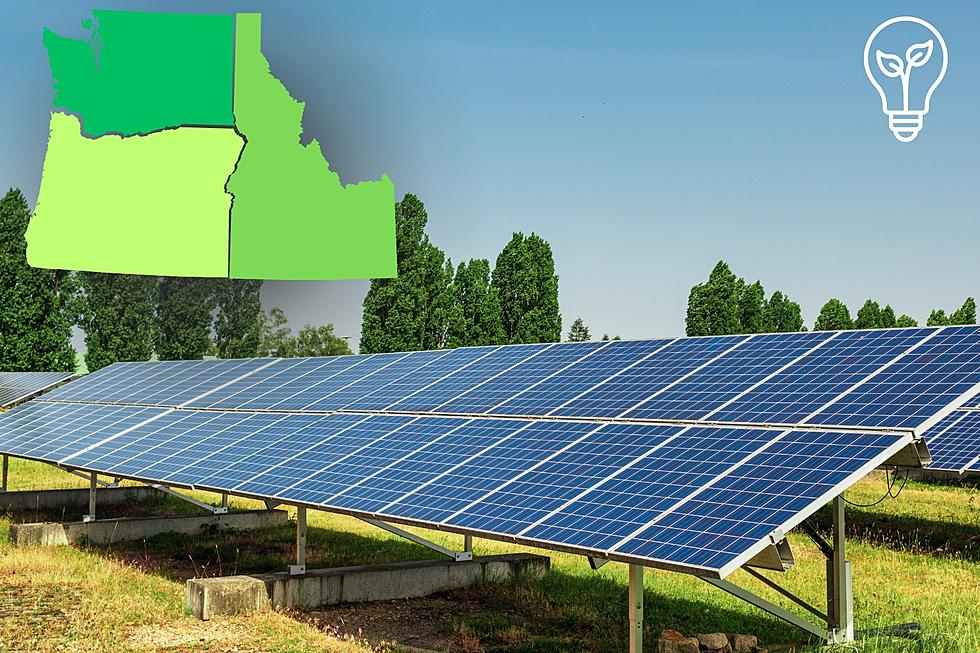
Farm Bill Simplified: Forestry
The Senate Agriculture Committee once again released a newsletter entitled "Farm Bill 101: Forestry." The one-pager is designed to be easily digestible and explain how the bill helps in forestry.
“The Farm Bill provides important tools that keep our forests healthy and protect habitat for wildlife all while supporting economic growth and combatting the climate crisis.” – Chairwoman Debbie Stabenow of Michigan.
Supporting Healthy Forests:
- Our nation’s forests support healthy ecosystems, clean air and water, and provide economic and recreational opportunities for communities around the country.
- The Farm Bill supports several programs that help manage our nation’s forests, conduct research, and provide financial and technical assistance to state and private partners.
- Our forests are a vital tool in confronting the climate crisis by sequestering carbon and mitigating greenhouse gas emissions. In fact, some estimates suggest that improved forestry practices could remove the equivalent emissions of 145 million cars in our country alone.
- The Farm Bill also supports forest management practices that help mitigate the risk of wildfires that have devastated communities across the country and degraded air quality.
Forestry’s History in the Farm Bill:
- Forestry has always been a part of the Farm Bill, but it wasn’t until the 1990 Farm Bill that a Forestry Title was officially included in the bill.
Forest Fun Fact:
- About 1/3 of the land area of the United States is forestland, and about 60% of that is privately owned. The rest is owned by the federal government, states, and other public entities.
Forestry in Action:
- The Farm Bill authorizes several programs that support our forests and the recreational, economic, and environmental benefits they provide. These include:
- Urban and Community Forestry, which provides technical and financial assistance to deliver nature-based solutions to support the forests and trees in urban and suburban communities.
- The Good Neighbor Authority, which supports collaboration between the Forest Service and state, tribal, and local governments to keep our forests healthy and productive. To date, 380 GNA agreements have been completed across 38 states.
- The Collaborative Forest Landscape Restoration Program, which supports science-based ecosystem restoration of priority forest landscapes. Since 2009, CFLRP has treated over 4.6 million acres to reduce the risk of wildfire.
- The Landscape Scale Restoration Program, which promotes collaborative, science-based restoration projects across tribal, state, and local governments, and private forest land to address wildfire risk, watershed protection, and the spread of invasive species and disease. From 2018-2022, $62 million in LSRP funding leveraged $71 million in outside support.
- The Wood Innovation Grant Program and the Community Wood Program, which supports and builds markets for wood products.
Find Out More:
- You can learn more about how the Farm Bill supports forestry here.
- Like forestry, the Farm Bill also covers conservation.
- A big part of the Farm Bill includes research and innovation.
- Trade and new markets are key for agriculture producers and in the Farm Bill.
- Agriculture and the Farm Bill reach beyond rural areas by including funding for Urban Ag too.
- Nutrition makes up a huge part of the Farm Bill and for good reason.
Source: U.S. Senate Committee on Agriculture, Nutrition, & Forestry, PNW Ag Network
Tour a Stunning Log Home Right Outside a Colorado National Park
A massive log home just outside of Colorado’s Great Sand Dunes is a “slice of paradise.”
More From PNW Ag Network









